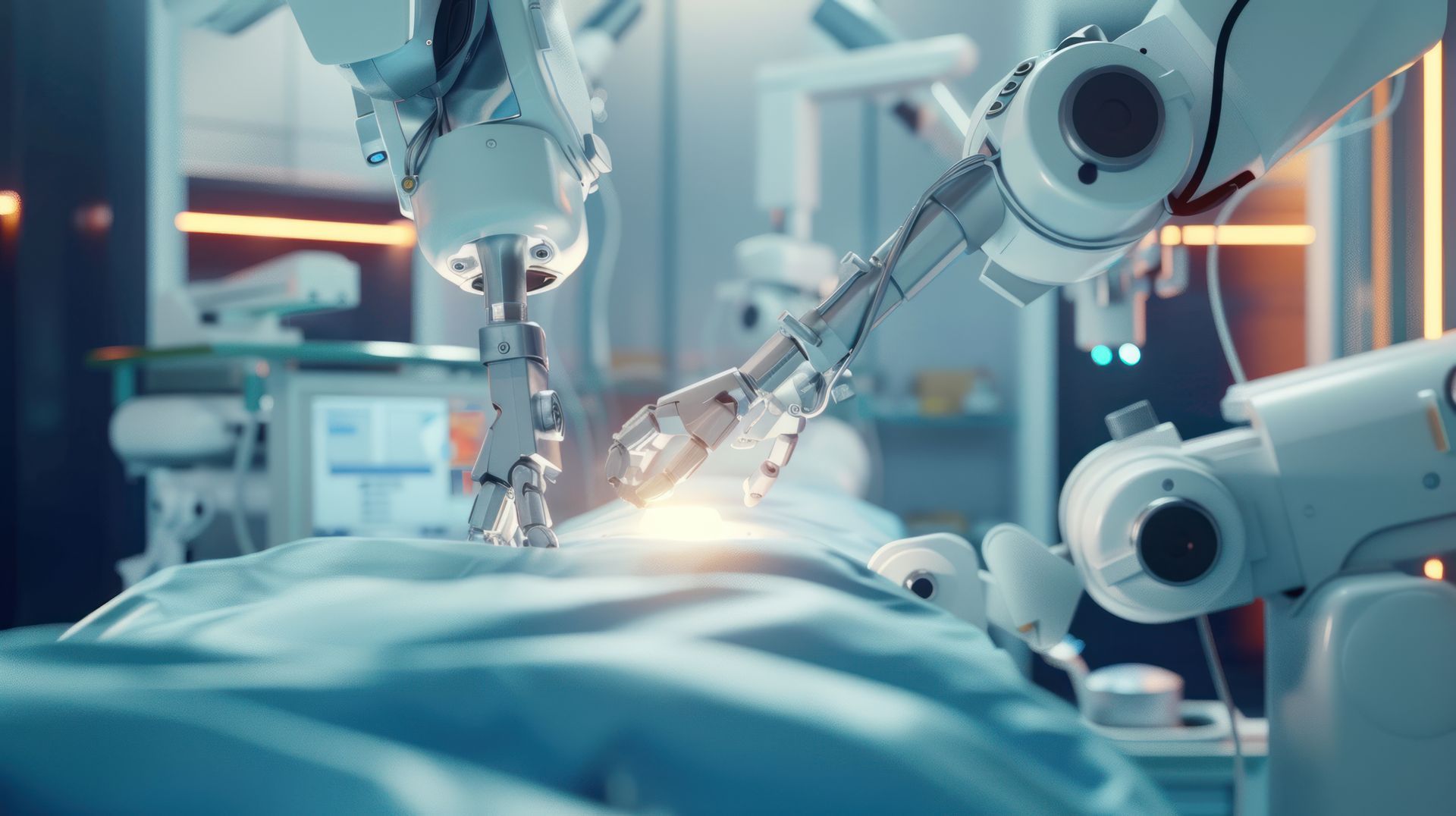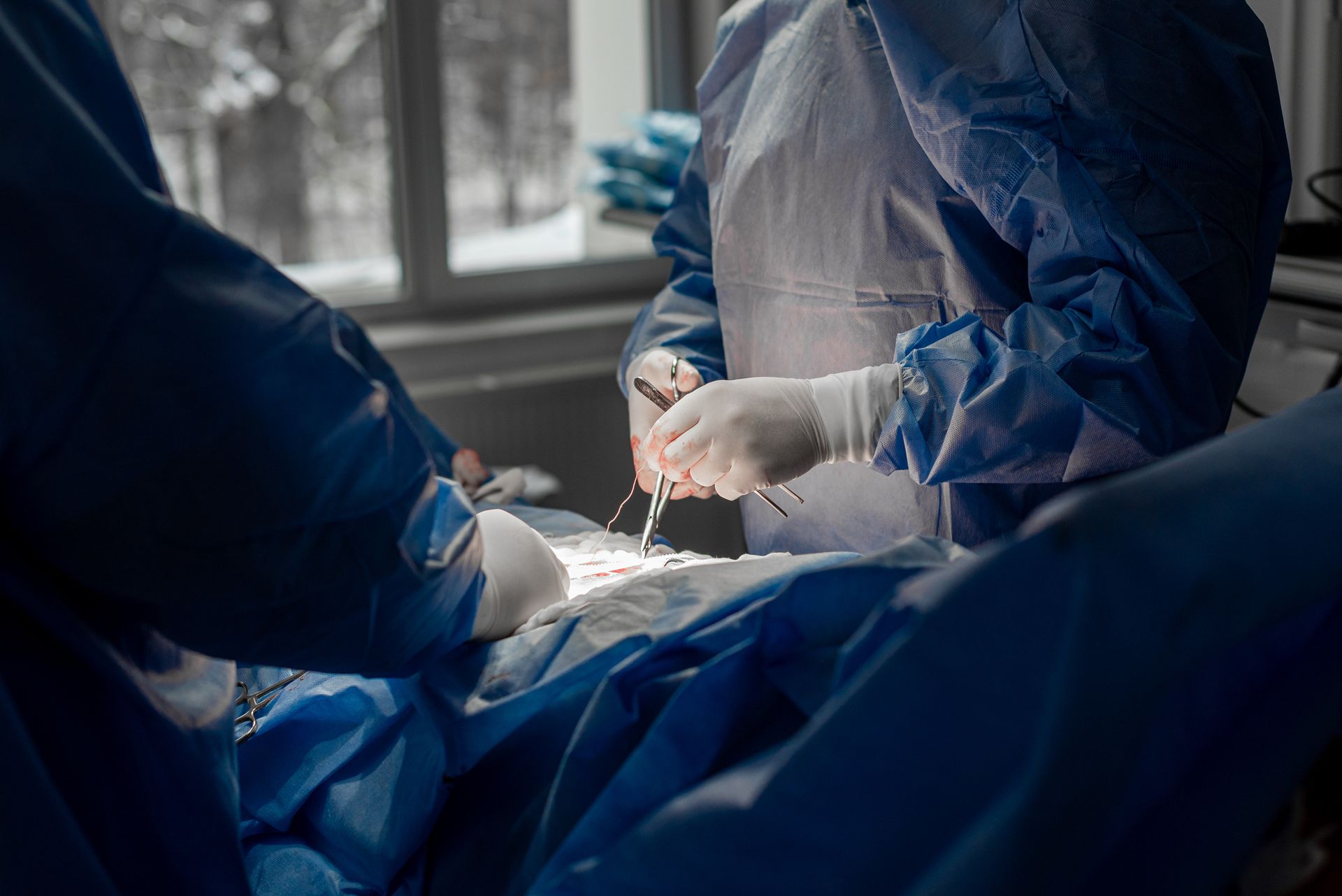5 Key Benefits of Robotic Hernia Surgery for Patients

Robotic hernia surgery has become a transformative option in modern medicine, offering numerous benefits over traditional hernia repair techniques. Leveraging advanced robotic systems, this surgical method empowers surgeons with unparalleled precision and control, leading to superior patient outcomes. Patients undergoing robotic hernia surgery can experience reduced pain, quicker recoveries, and fewer complications, making it an increasingly popular choice. By understanding the key advantages of this cutting-edge procedure, patients can feel confident in selecting a treatment path that prioritizes their comfort and recovery. This post will delve into five essential benefits of robotic hernia surgery and how it improves surgical care.
Enhanced Surgical Precision
Robotic hernia surgery offers an extraordinary level of precision, enabling surgeons to perform complex procedures with greater accuracy and control than traditional methods.
1. Improved Visualization
Robotic systems provide high-definition 3D imaging, giving surgeons a detailed, magnified view of the affected area. This enhanced visualization ensures that every part of the hernia repair is carefully executed, reducing the risk of accidental errors. With such clarity, surgeons can easily identify and avoid vital structures like nerves and blood vessels, which is especially crucial in delicate or recurrent hernia cases.
2. Superior Instrument Maneuverability
Robotic arms are designed to mimic and surpass human hand movements. These instruments can bend, rotate, and pivot in ways that traditional tools cannot, allowing surgeons to access hard-to-reach areas with ease. This level of control significantly improves outcomes, particularly in cases involving complex hernia locations.
3. Elimination of Human Tremors
The robotic system filters out natural hand tremors, enabling surgeons to perform even the most intricate procedures with unparalleled steadiness. This steadiness minimizes risks and ensures a seamless repair, resulting in better long-term results for patients.
Smaller Incisions and Reduced Scarring
One of the most noticeable advantages of robotic hernia surgery is its minimally invasive approach, which utilizes smaller incisions compared to traditional open surgeries.
1. Minimally Invasive Techniques
Robotic hernia surgery requires only a few small incisions, often less than an inch in length, to insert the robotic instruments. This technique not only reduces trauma to the surrounding tissues but also minimizes blood loss during the procedure, enhancing the patient’s overall safety.
2. Cosmetic Benefits
Smaller incisions result in less visible scarring, which is especially appealing for patients concerned about the long-term appearance of their surgical sites. Aesthetically pleasing results can boost a patient’s confidence and comfort after the procedure.
3. Lower Risk of Wound-Related Complications
With smaller incisions, the likelihood of infections and other wound-related complications is significantly reduced. This ensures a smoother and safer recovery, particularly for patients with underlying health conditions like diabetes, which can increase the risk of infections.
Quicker Recovery Times
Patients undergoing robotic hernia surgery often experience shorter recovery periods, enabling them to resume their daily activities much sooner than with traditional techniques.
1. Minimized Tissue Trauma
The precision of robotic surgery minimizes damage to surrounding muscles and tissues, which significantly accelerates the healing process. Patients often report feeling better and more mobile just days after the procedure.
2. Faster Return to Routine Activities
The less invasive nature of robotic hernia surgery means that patients can return to work, exercise, and other daily tasks more quickly. This is particularly important for individuals with physically demanding jobs or busy family lives, as it reduces downtime.
3. Reduced Hospital Stays
Many patients undergoing robotic hernia surgery are able to leave the hospital within 24 hours, if not the same day. This not only saves time but also reduces overall medical expenses, making the procedure more cost-effective in the long run.
Reduced Postoperative Pain
Pain management is a critical factor in surgical recovery, and robotic hernia surgery excels in minimizing postoperative discomfort.
1. Smaller Incisions Mean Less Pain
The small incisions used in robotic procedures cause less trauma to the body compared to traditional open surgeries. Patients often report significantly less pain during recovery, which contributes to a more positive surgical experience.
2. Lower Dependency on Pain Medications
Reduced pain means patients require fewer narcotics or over-the-counter pain relievers during their recovery. This not only reduces the risk of medication-related side effects but also promotes a faster, healthier healing process.
3. Improved Early Mobility
With less pain to hinder movement, patients can get out of bed and begin walking sooner. Early mobility plays a vital role in preventing complications like blood clots and promoting overall recovery.
Fewer Complications and Risks
Robotic hernia surgery is designed to minimize the risks associated with traditional surgical techniques, offering patients a safer experience overall. Like with any surgeries, there are risks to be managed when it comes to robotic hernia surgeries, learn how the professionals from Copper Mountain Surgical handle such risks when you read “Risks of Robotic Hernia Surgery and How They Are Managed.”
1. Lower Recurrence Rates
The advanced precision of robotic surgery allows for a more thorough and durable repair, reducing the chances of the hernia returning. This ensures patients enjoy long-lasting results without the need for additional surgeries.
2. Reduced Risk of Intraoperative Injuries
The enhanced visualization and dexterity provided by robotic systems help surgeons avoid accidental injuries to surrounding structures such as blood vessels, nerves, and organs. This makes the procedure particularly safe for complex or recurrent hernia cases.
3. Improved Postoperative Outcomes
Patients who undergo robotic hernia surgery generally experience fewer complications, such as adhesions, infections, and chronic pain. These improved outcomes translate to a smoother recovery and a quicker return to normal life.
Conclusion
Robotic hernia surgery is a groundbreaking approach that provides numerous benefits for patients, including enhanced precision, smaller incisions, quicker recovery times, reduced pain, and fewer complications. By combining advanced technology with expert surgical care, this method offers patients a safer, more effective alternative to traditional hernia repair. For those seeking optimal results and a faster return to daily activities, robotic hernia surgery stands out as a leading option in modern medicine.
Copper Mountain Surgical is committed to providing the most advanced and compassionate care for every patient. If you’re considering robotic hernia surgery, our experienced team is here to guide you through every step of the process. From consultation to recovery, we focus on delivering exceptional results tailored to your needs. Don’t let hernia pain hold you back—schedule an appointment today with Copper Mountain Surgical and take the first step toward a healthier, pain-free future.




